Monks find marketing inspiration
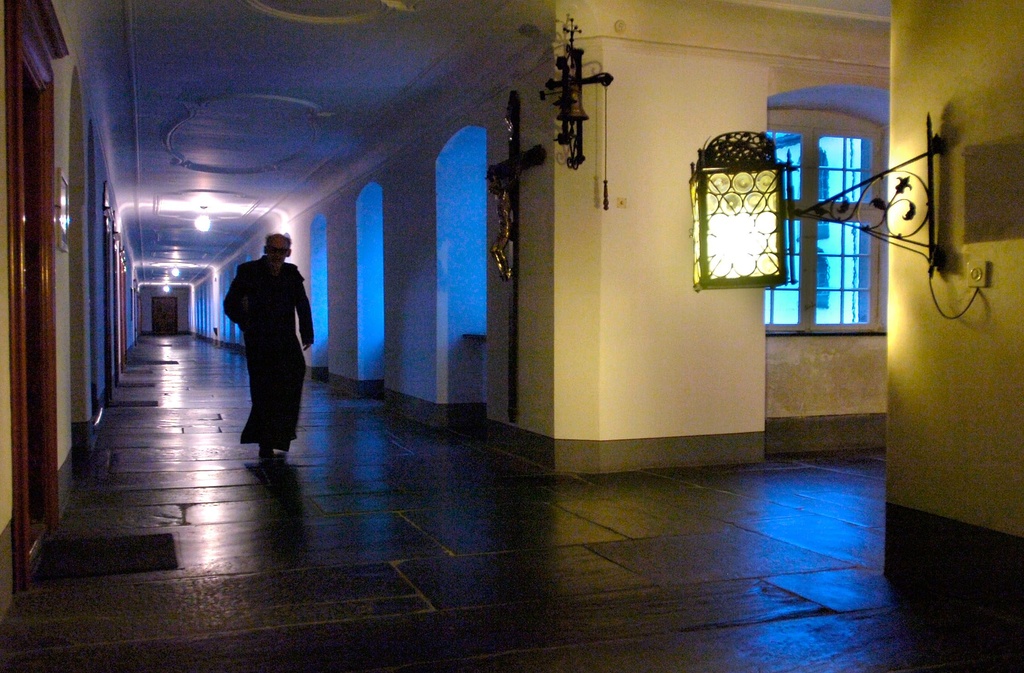
With a view to attracting new members, Swiss Capuchin friars have come up with some clever ways of marketing themselves.
In early November they placed a help-wanted ad in a gazette that lists management jobs. Scheduled to run through spring 2011, the ad calls for bankers, journalists, teachers, theologians, merchants, lawyers and communications specialists.
“The ideal candidates are unmarried Roman Catholic males between 22 and 35, with a university degree or similar training. They should be curious initiative-takers who are able to cope with life and live in a community, plus have social skills and a sensitivity for religion,” continues the job description.
There’s no pay, but the compensation includes “spirituality, prayer, contemplation, an egalitarian way of life as well as freedom from personal material wealth and the standard two-person relationship model”.
Brother Willi Anderau, spokesman for the Capuchin friars in the German-speaking part of Switzerland, has been busy fielding phone calls ever since the ad was published.
“It seems like we’ve really struck a chord with this advertising campaign,” as Anderau told swissinfo.ch. The Zurich-based monk is pleased with the media coverage as well as response the ad has attracted. So far, 15 men have sent in their applications to join the order.
Monk business
After training to become a brother, it would be possible to continue pursuing a career outside of monastic life.
“In principle, they have to be able to live the gospel everywhere. But it’s clear that some professions are closer to us than others,” said 67-year-old Anderau, who took his vows about 45 years ago.
Anderau said he could imagine a bank employee joining, and pointed out that it would be good to have a religious brother spreading the word of Jesus among the unscrupulous. Yet he couldn’t see a speculator returning to the job after his ordination as a monk.
“Something would have to have gone wrong for that to happen,” Anderau said. As the former abbot of the Capuchin friars in German-speaking Switzerland, he now lives in a community of just three brothers in a simple apartment building. The other two monks serve as pastors in parishes around Zurich.
Online shop
In addition to advertising for new blood, the Capuchin friars have launched an online shop selling souvenirs. Items include cappuccino cups, brown hooded sweatshirts and polo shirts with the order’s logo.
“The shop is a big hit – we’re already experiencing some shortages,” Anderau said. He doesn’t see the “brand” promotion as inconsistent with the order founded by Francis of Assisi, who shunned capitalism and lived a life of poverty, obedience and chastity.
“Marketing is just a form of communication. For us it’s not about earning money and creating capital; instead we’re advertising a message and a way of life,” explained Anderau.
This is all the more important now that the long brown religious habit – a subtle form of marketing in itself – is seen so rarely. When swissinfo.ch visited, Anderau was dressed in an argyle sweater and black trousers.
The idea is also that the online shop will help finance the advertising campaign, which cost thousands of Swiss francs.
Numbers game
Capuchin friars are becoming rare in Switzerland. Fifteen years ago, there were 400. Now there are just 200, and the average age is over 70. They’ve had to give up some of their settlements, such as the monastery in Stans, canton Nidwalden.
Worldwide there are about 10,500 Capuchin friars – a number that has remained fairly constant in recent years. While its numbers are declining in Europe and North America, the order is attracting new members in Asia, Latin America and Africa.
Whether the Swiss campaign will actually convince people to adopt a new lifestyle remains to be seen.
“Of course the most important advertising is still how we set an example and what we preach. But the scope of traditional information resources is fairly small,” Anderau said.
Yet he and his brothers are not desperate for company. Financially, the ageing monks are in good shape thanks to old age pensions plus group savings that include salaries and donations that come in.
Even if the order dies out one day, Anderau is convinced that the Capuchin lifestyle was certainly one worth living: “It’s like marriage: even if there aren’t any successors, it can still be a good marriage.”
The Franciscan Order, which goes back to Francis of Assisi (1182-1226), consists of three branches today: Franciscan friars, Conventual friars and Capuchin friars.
Capuchins live a life of obedience, poverty and chastity.
The order is dedicated to the poor and sick and is also active in missionary work.
The training takes about 5 years.
Worldwide, the Capuchin order has around 10,500 brothers.
In Switzerland there are about 200 Capuchin monks who live in 17 individual communities (monasteries and fraternal groups).
Various monasteries and branches had to be abandoned due to the loss of members.
In order to attract new members, the Capuchin brothers recently launched a programme where men can join the order for a limited time of three to six years.
(Adapted from German by Susan Vogel-Misicka)

In compliance with the JTI standards
More: SWI swissinfo.ch certified by the Journalism Trust Initiative
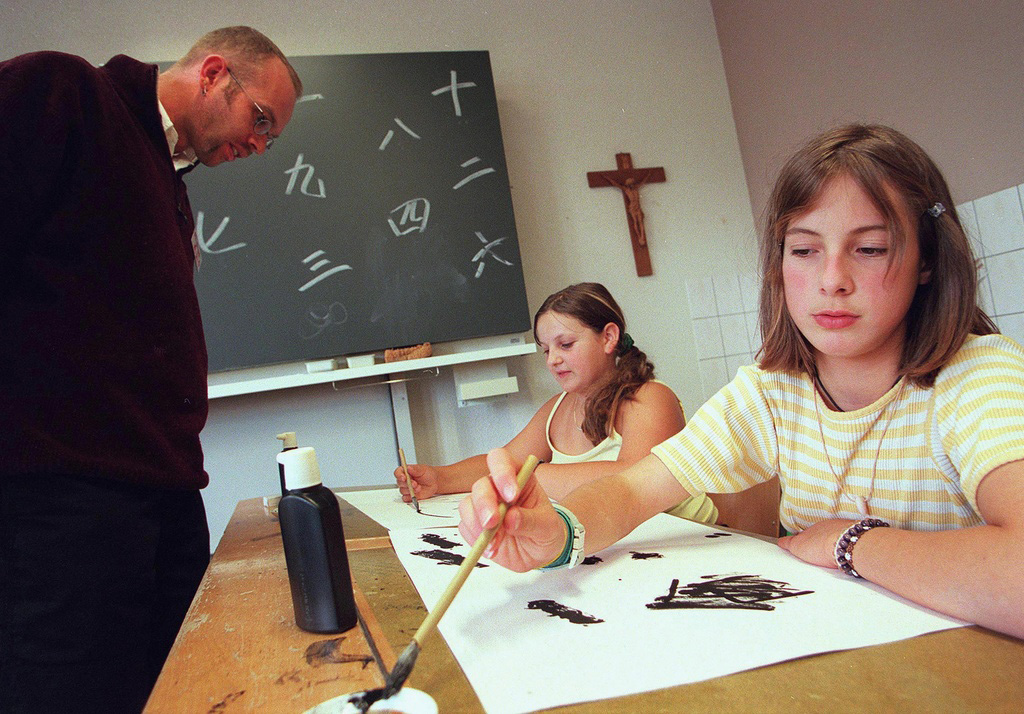

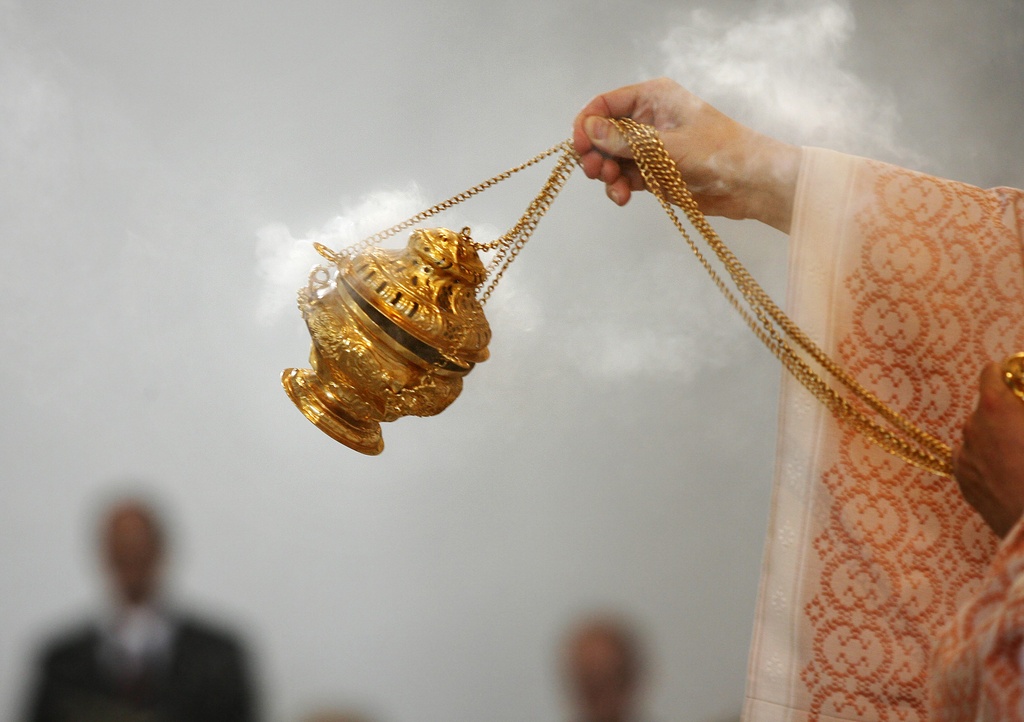
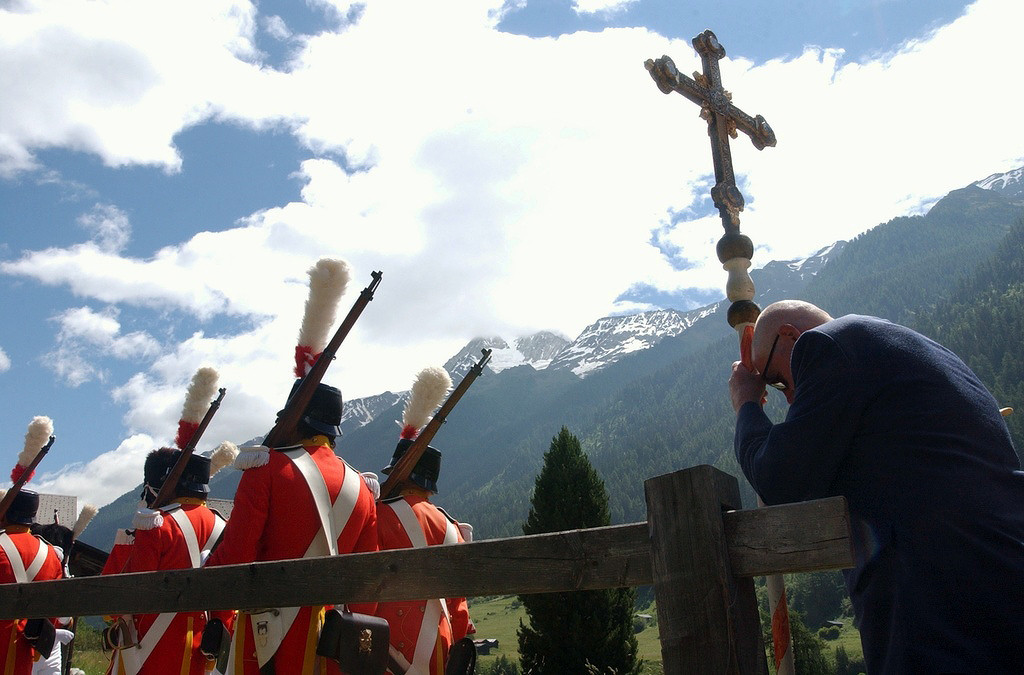
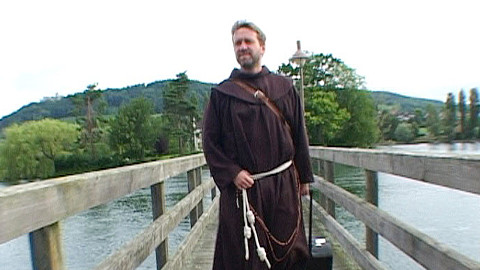
You can find an overview of ongoing debates with our journalists here. Please join us!
If you want to start a conversation about a topic raised in this article or want to report factual errors, email us at english@swissinfo.ch.